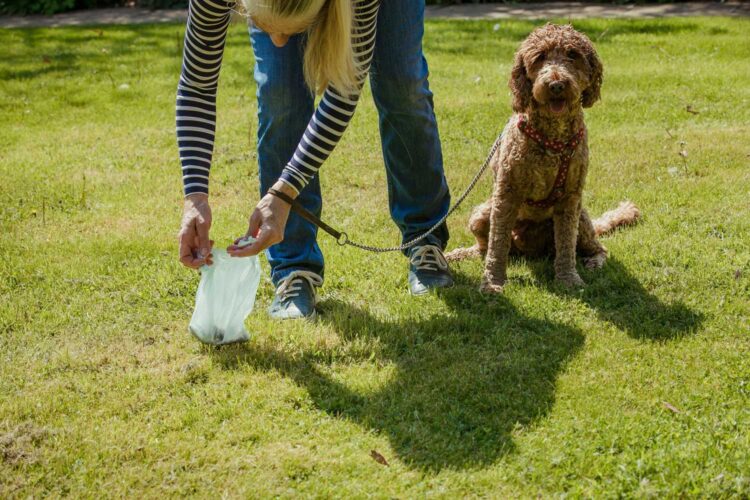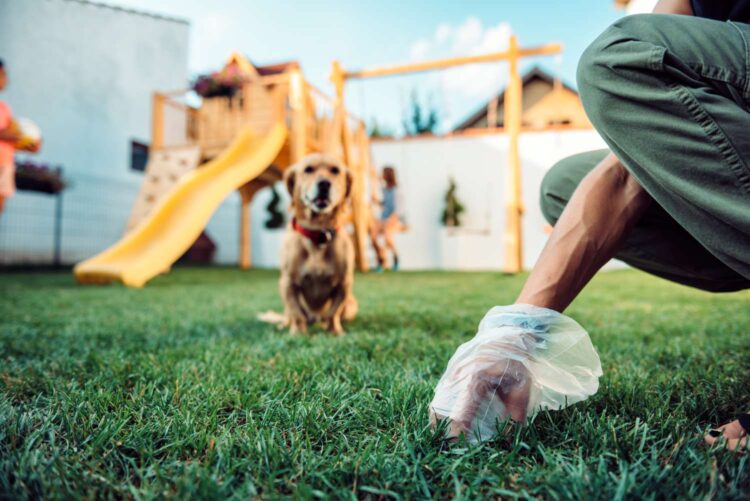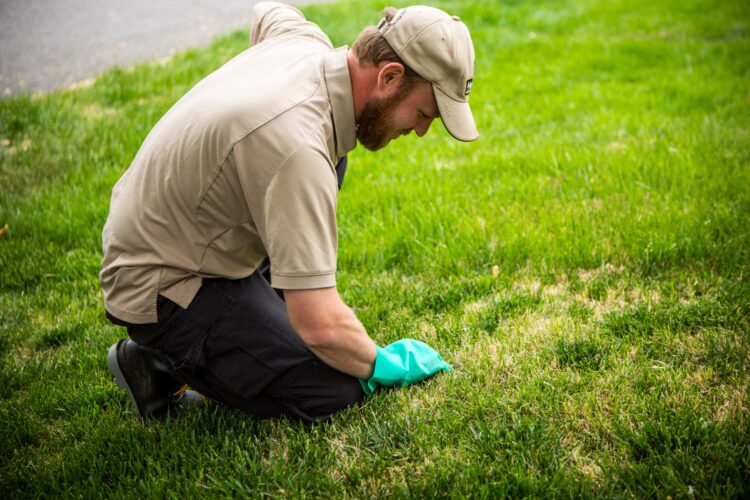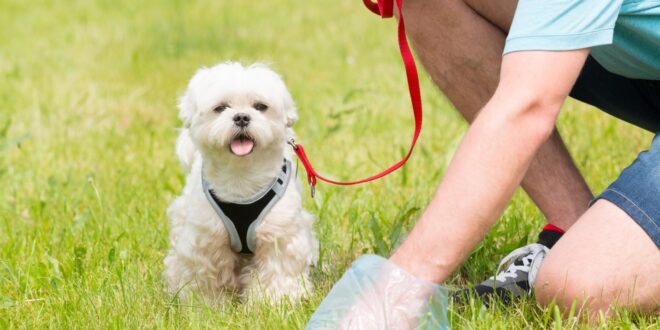Owning a pet is one of life’s greatest joys—but it also comes with some not-so-fun responsibilities, like taking care of pet waste in the yard. I’m sure if you’re a pet owner, you’ve already experienced walking outside and accidentally stepping on something unpleasant.
Chances are you know the struggle of keeping up with pet waste in your yard all too well.
Aside from being unsightly around your property, pet waste poses health risks too.
Luckily, you can use some simple methods to quickly clean up after your furry friends without breaking the bank! So that you can enjoy spending time outdoors without any of the unpleasant messes made by your pets.
In this blog post, we will go over the best ways to quickly and effectively remove pet waste from your yard. Because no matter what type of pet lifestyle you have, there is sure to be an effective solution for taking care of their mess.
But first, let’s talk about the risks and problems that might arise if you fail to be a responsible pet owner.
What Are Some of the Health Risks Associated With Pet Waste?

Health risks associated with pet waste can range from mild to very serious. The most common health risk associated with pet feces and urine is the transmission of harmful bacteria and parasites, such as E. coli, salmonella, roundworms, and hookworms. These bacteria and parasites can enter the human body through direct contact with waste or by consuming contaminated food or water.
- E coli is a particularly dangerous pathogen that can lead to sepsis and (rarely) death if not treated properly and promptly.
- Roundworms and hookworms are also commonly found in pet waste, and they can be transmitted through direct contact or by ingesting contaminated soil or water. These worms can cause symptoms such as coughing, wheezing, and fever. If left untreated, these worms can cause permanent damage to the lungs or intestines of an infected person or animal.
- Salmonella is a type of bacteria commonly associated with pet waste. It can cause severe illnesses in both animals and humans. In humans, it often leads to symptoms such as diarrhea, fever, abdominal cramps, and vomiting. Salmonella infections can lead to more severe health problems like dehydration and organ damage if left untreated. Pets infected with salmonella may display similar symptoms and other signs like decreased appetite and lethargy.
Did you know that poop and its bacteria can move from your yard to communal waters? Parasites and bacteria can contaminate drinking water sources and cause illnesses such as giardiasis. Accidentally ingesting pet waste can also pose a risk of food poisoning and other diseases.
Protect yourself and your family from such health risks, and clean up pet waste as soon as possible and dispose of it properly.
5 Best Way to Remove Pet Waste from Your Yard

There are several easy ways to remove pet waste from your yard and keep your home safe and healthy. The best way to remove pet waste from your yard is to ensure that you are regularly cleaning up after your pet. This includes picking up solid waste and disposing of it in a proper trash receptacle. Here are some tips you might find helpful:
1. Collect Pet Waste in Disposable Bags
Pet waste bags are the most efficient and hygienic way to remove pet waste from your yard. Make sure you have a good supply of pet waste bags on hand, making it easy to scoop up the poop and throw it away without touching it directly.
Once you have scooped up the poo and placed it inside a bag, make sure to tie off or seal it securely before disposing of it in a sealed bin outside your property. Alternatively, if your municipality offers curbside pickup for pet waste, you can place full bags directly into designated containers near your home for pickup on collection days.
2. Use a Scooper to Pick Up Large Clumps of Waste
You can get specialized scoopers for different types of pet waste. For example, some scoopers are designed specifically for cat litter, while others are made for larger clumps of dog waste. These scoopers are specially designed with a large scoop at the end of a long handle, making them especially helpful than picking up pet waste with your hands.
Using a scooper is much more efficient than picking up pet waste with your hands, reducing the amount of time you spend on pet waste removal. It helps to reduce exposure to illnesses that may be spread through contact with pet waste, such as salmonella or E. coli.
3. Lawn Care Services

You can hire a lawn care service that offers a pet waste removal service, like Heroes Lawn Care. They will come to your home regularly and take care of the waste in your yard. It is an excellent option if you are busy and don’t have the time to clean your pet’s waste. These professional lawn care companies use safe methods to remove all pet waste quickly and efficiently before it has time to cause any long-term harm to your grass or garden beds.
4. Use Enzyme-based Pet Waste Removal Product
Treat your grass with an enzyme-based pet waste removal product to help break down the waste and eliminate odors. Unlike traditional cleaning methods such as scrubbing or harsh chemical solutions, enzyme-based products work on a molecular level. When an enzymatic cleaner is applied to a stain or odor source, it works by breaking down the offending molecules into smaller pieces that have no smell or unpleasant odor. This allows the surface area of the affected area to remain clean and free from odors while also preventing a future buildup of the staining material.
5. Provide Your Pet With a Potty Tray
Discourage them from using certain areas of your yard as a bathroom by providing a designated potty tray where you can train them to potty. Keep your dog in that spot until it poop/pee, then offer a reward. Potty training your pet can save you a lot of time when it comes to cleaning the yard. It isn’t just beneficial for keeping yards clean; it’s essential for developing a healthy relationship between both parties involved—humans and animals.
Always remember to wash your hands thoroughly after handling pet waste, even if you were wearing gloves or using a plastic bag over your hand while removing pet waste. Keeping good hygiene practices in mind is critical to protect your and everyone’s health and safety.
 Hi Boox Popular Magazine 2024
Hi Boox Popular Magazine 2024



